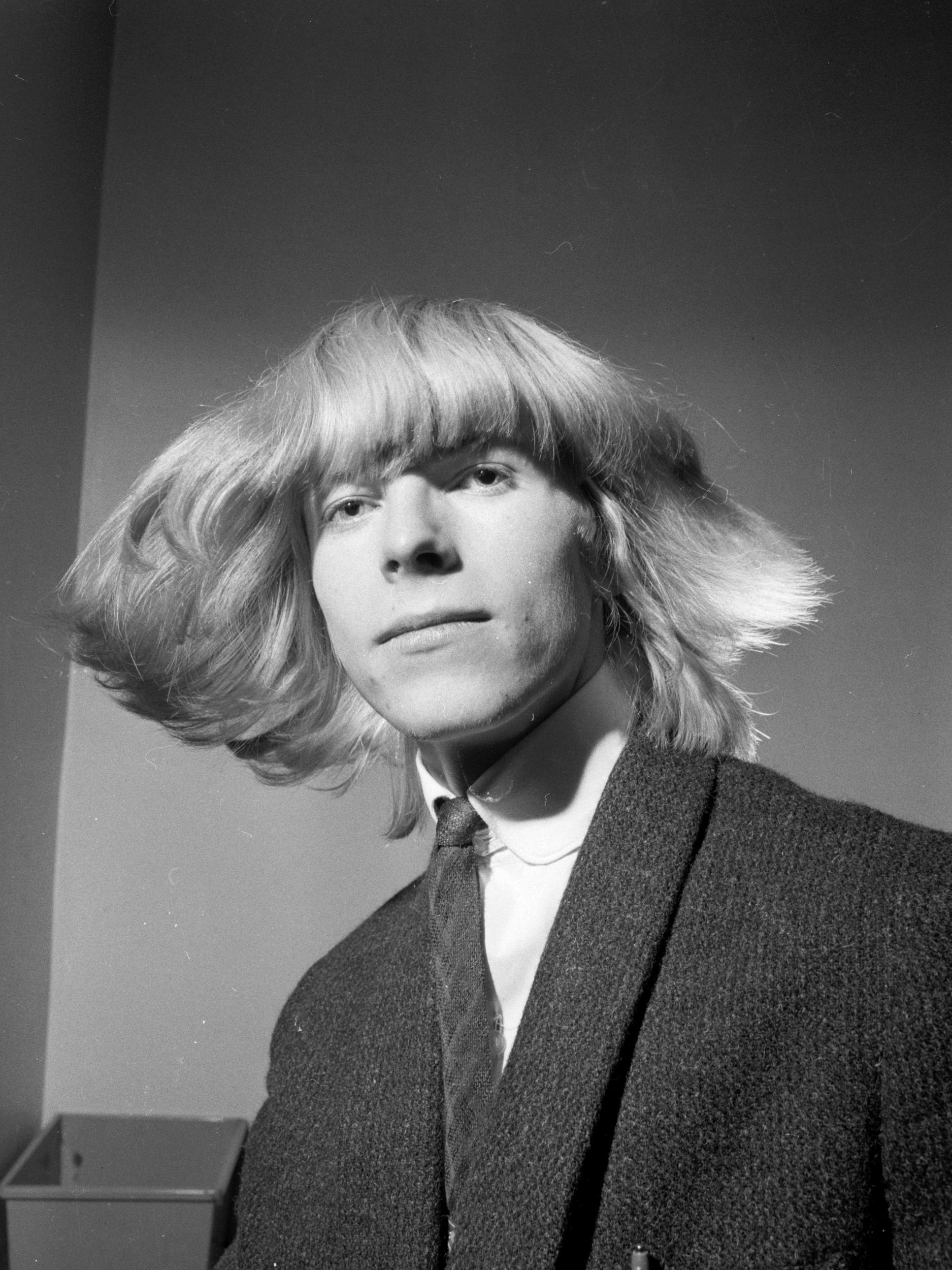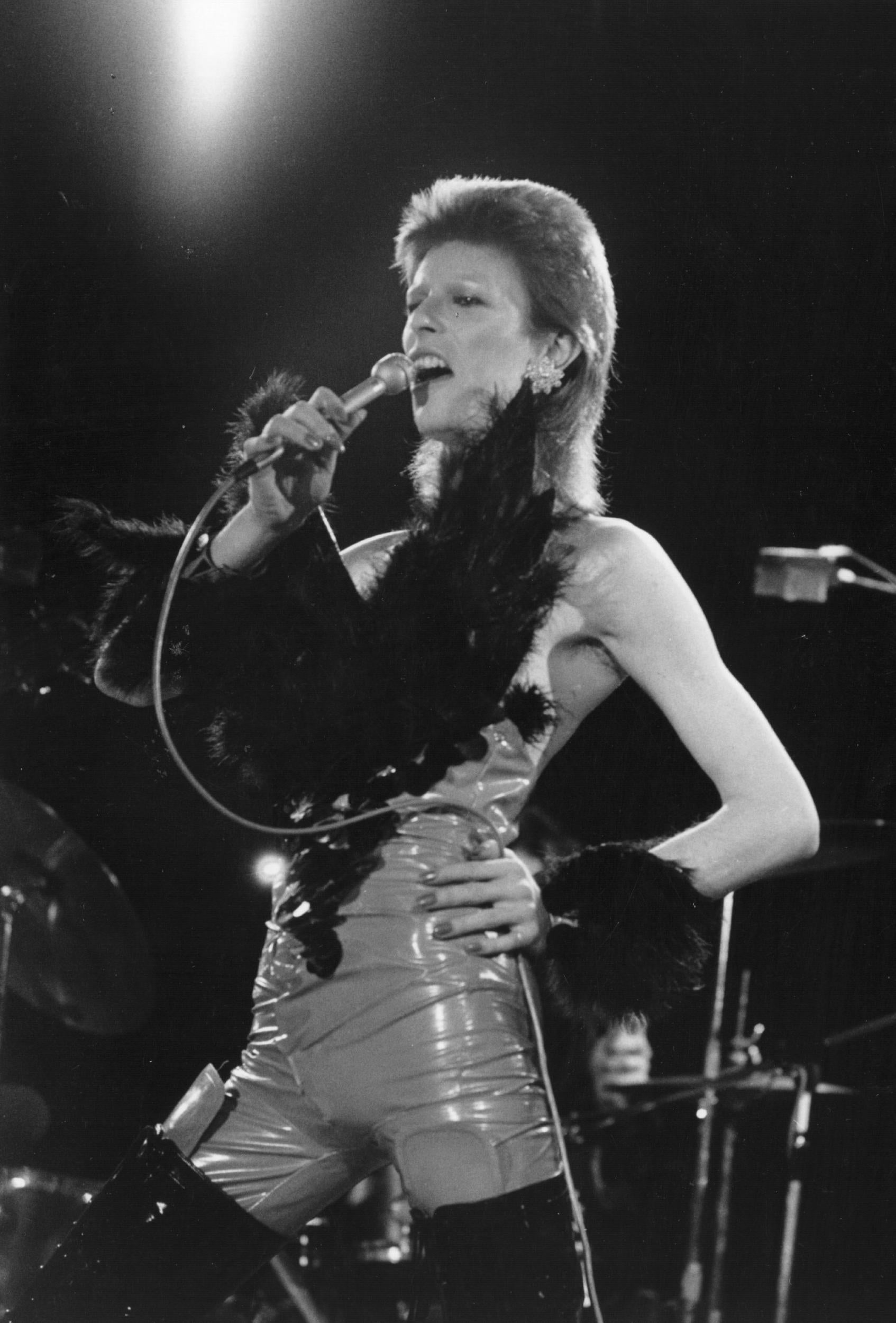David Bowie: A journey through the iconic singer's ever changing personas
From the gay icon of Ziggy Stardust to The Thin White Duke
Your support helps us to tell the story
From reproductive rights to climate change to Big Tech, The Independent is on the ground when the story is developing. Whether it's investigating the financials of Elon Musk's pro-Trump PAC or producing our latest documentary, 'The A Word', which shines a light on the American women fighting for reproductive rights, we know how important it is to parse out the facts from the messaging.
At such a critical moment in US history, we need reporters on the ground. Your donation allows us to keep sending journalists to speak to both sides of the story.
The Independent is trusted by Americans across the entire political spectrum. And unlike many other quality news outlets, we choose not to lock Americans out of our reporting and analysis with paywalls. We believe quality journalism should be available to everyone, paid for by those who can afford it.
Your support makes all the difference.The legendary pioneering musician has died at the age of 69 after fighting cancer for 18 months.
His representative confirmed that Bowie had died "peacefully" and was "surrounded by his family".
In recognition of the iconic singer, we look back at the different personas, which make Bowie the most enigmatic, unpredictable performer of his generation.
The chameleon of pop changed his colours immeasurable times. In a perpetual state of reinvention, David Bowie never failed to keep his fans guessing.
Davy Jones
Born Davy Jones in Brixton in 1947 and bred in the leafy suburbs of Bromley, Bowie was the son of a waitress and a Barnardo’s charity promoter. A sandy-haired, cherub-cheeked teenager, Davy Jones considered becoming a monk and spent an entire year studying under a Tibetan lama. Eventually growing bored of Buddhism, he went on to study music and take up jazz on his plastic saxophone. Nevertheless, a series of unsuccessful post-rock‘n’roll bands left the aspiring star a little disheartened.

Ziggy Stardust
His first and arguably greatest alter ego was born when Bowie broke through into the mainstream with Ziggy Stardust. Face daubed with a lightening bolt and mullet hairstyle dyed crimson red, Ziggy Stardust was a bisexual rock star alien who acted as a messenger for extra-terrestrial beings. Dressed in a multi-coloured Lycra jumpsuit, Bowie’s androgynous, wafer-thin doppelganger came to redefine an entire era of rock’n’roll. Widely considered one of the greatest albums of all time, it went on to sell an estimated 7.5 million copies worldwide. It’s worth noting that Ziggy Stardust’s arrival on the scene coincided with Bowie’s coming out. In an interview in the 1972 issue of Melody Maker, Bowie declared himself gay. Later, he announced he was bisexual in an interview with Playboy in 1976.

Major Tom
It was Major Tom who first propelled Bowie into the limelight. As the protagonist of ‘Space Oddity’, Major Tom helped establish Bowie as a solo artist to be reckoned with in 1969. A fictional astronaut, Major Tom has cut off all of his communication with planet Earth and floated into space. The character evolves throughout his career, making another appearance in the 1980 song ‘Ashes to Ashes’. Here Major Tom is obviously autobiographical. In the words of Bowie, “We know Major Tom is a junkie, strung out in the heavens high, hitting an all-time low”.
Aladdin Sane
Aladdin Sane was a continuation of Ziggy Stardust. The protagonist of his sixth album, Bowie describes the alter ego as “Ziggy goes to America” because the album was inspired by his 1972 US tour. Later, he also told friends that the character was inspired by his brother Terry who was diagnosed with schitzophrenia. After all, the name is based on the pun ‘A Lad Insane’.
Thin White Duke
The darkest of all of Bowie’s alter egos, the Thin White Duke coincided with the peak of his cocaine usage. Although, on the surface, the Duke seemed more ordinary than Bowie’s former personas, at a closer look, he exhibited signs of real trauma. Bowie describes the Duke as, “A very Aryan, fascist-type; a would-be romantic with absolutely no emotion at all but who spouted a lot of neo-romance”. Dressed in a white shirt, black trousers and a waistcoat, the Duke emerged at a time when Bowie said he lived on “red peppers, cocaine, and milk”.
Halloween Jack
Halloween Jack is Bowie’s first post-Ziggy persona. The lead character of his eighth studio album Diamond Dogs, Halloween Jack is a “real cool cat” who lives in the declining “Hunger City”. The album cover features Bowie as half man, half dog.
Elephant Man
A break from his previous personas, Bowie played the lead in The Elephant Man on Broadway. Playing Joseph Merrick, Bowie’s performance was a sell-out and the opening night was attended by the likes of Andy Warhol, John Lennon, Yoko Ono and David Hockney. Bringing a mystical, otherworldly element to the role, Bowie’s performance was widely praised.

Join our commenting forum
Join thought-provoking conversations, follow other Independent readers and see their replies
Comments